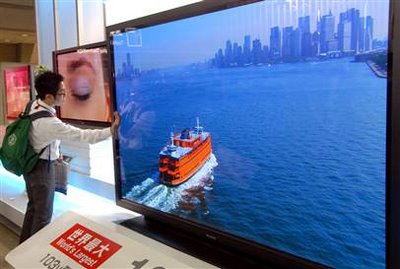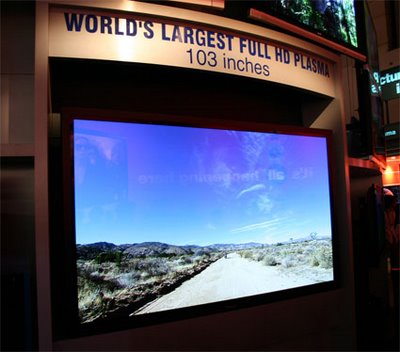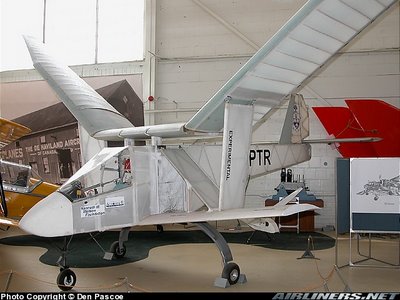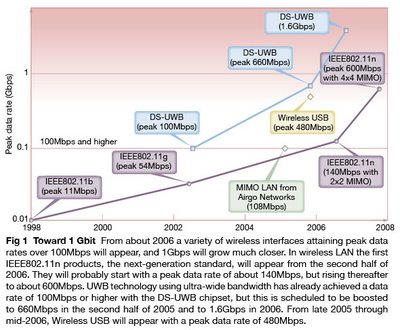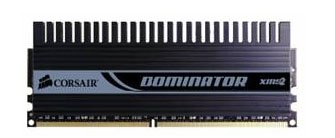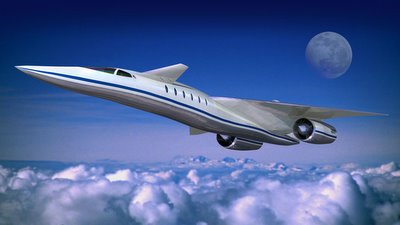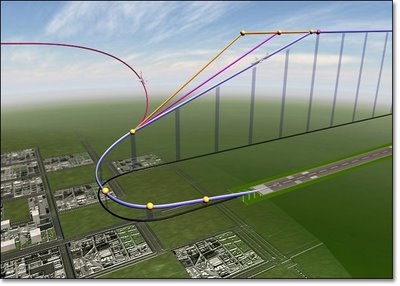
During a Tailored Arrival, integrated datalink technologies establish a four-dimensional flight profile between an air traffic control facility and the flight deck of an approaching aircraft when it’s ready to begin its descent, about 140 miles away from final destination. The flight crew uses the auto-load function to transfer the optimized trajectory into the aircraft’s Flight Management System, and the FMS flies the given trajectory to touchdown in an efficient, predictable, continuous descent. (Boeing graphic)
From Boeing News:
By Daryl Stephenson
Operational trials of Boeing Tailored Arrivals, a new Air Traffic Management concept, have begun in the San Francisco area.
These are the latest in a series of such studies by Boeing that show that Tailored Arrivals can increase airspace capacity; maintain schedule integrity; reduce fuel consumption, emissions and noise; and ease the workloads of controllers and pilots.
The first of nearly 20 flights in the trials – on a United Airlines Boeing 777-200 – arrived at San Francisco International Airport Aug. 17. The aircraft received a clearance that stretched from its oceanic control sector all the way to its arrival runway. Clearance delivery took advantage of the U.S. Federal Aviation Administration's new Ocean 21 system, which uses the FANS-1/A integrated datalink system.
Through Tuesday, nine flights had been conducted with United Airlines 777 airplanes, said Rob Mead, Phantom Works lead engineer for Advanced Air Traffic Management Air/Ground communications.
Boeing is under contract with NASA's Ames Research Center and working with the U.S. Federal Aviation Administration and United to conduct the trials, which are evaluating Tailored Arrivals approaches from the ocean.
"Our studies of Tailored Arrivals around the world are showing that this concept enables airlines to operate more efficiently," Mead said. "As they fly these optimized profiles, aircraft operators can more fully utilize the capabilities of their aircraft to significantly reduce noise and environmental impact around airports as well as reduce their fuel costs." Tailored Arrivals also enable pilots to fly airplanes as they were designed to be flown, which helps reduce crew workload and errors, he said.
During a Tailored Arrival, datalink technologies establish a four-dimensional flight profile between an air traffic control facility and the flight deck of an approaching aircraft when it's ready to begin its descent, about 140 miles away from final destination.
The flight crew uses the auto-load function to transfer the profile into the aircraft's Flight Management System for review. Once the crew accepts the profile and confirms they will fly it, the FMS flies the given trajectory to touchdown with considerable accuracy.
Rather than a traditional vectored, step-down approach in which pilots must abandon the aircraft's built-in automation, the Tailored Arrivals profile is an efficient, predictable, continuous descent. Both airborne and ground systems have the same descent plan, and pilots and controllers have minimal need for voice communication as they make maximum use of modern aircraft capabilities.
An important objective of the San Francisco trials is to validate capabilities of NASA's Enroute Descent Adviser, which computes fuel-efficient descent solutions when there are complex traffic constraints and airspace restrictions. Specifically, the trials are examining the EDA's ability to predict trajectories and make adjustments to flight profiles and arrival times, and to coordinate and execute these trajectories across multiple air traffic control sectors and facilities. In order to make trajectory predictions more accurate, current cruise and descent wind forecasts available to air traffic control are being uplinked to aircraft flight decks.
San Francisco is one of three locations where operational trials of the Boeing Tailored Arrivals concept have been conducted over the past two years. The others have been in Australia and in the Netherlands.
From April to September 2004, Boeing worked with the Air Traffic Alliance (a grouping of European Aeronautics Defence & Space Co., Airbus and Thales), Australian air carrier Qantas and air navigation services provider Airservices Australia to conduct trials of Tailored Arrivals in Sydney and Melbourne, Australia.
Results from more than 70 flights showed actual arrival times were as little as two seconds and never more than 30 seconds off of predictions made 40 minutes in advance. Voice communications were nearly eliminated. Flight and simulation data showed potential fuel savings from 400 pounds (180 kilograms) to 800 pounds (360 kg) per flight.
A second set of trials in Australia is planned for later this year. These trials are to include a demonstration of automatic detection of aircraft that fail to meet their negotiated estimated times of arrival or otherwise deviate from the profile cleared by the ground system. Quickly detecting aircraft that are "off plan" is essential if controllers are to maintain situational awareness as they transition from tactical to strategic control.
From January to March 2006, Boeing worked with the Dutch air traffic control agency Luchtverkeersleiding Nederland, Eurocontrol-Maastricht air navigation service providers and two Dutch airlines (Transavia.com and Martinair Holland) to conduct more than 190 flights at night to evaluate continuous descent arrivals at Schiphol Airport in Amsterdam, the Netherlands.
Data showed more accurate predictions of air traffic behavior for pilots and controllers, reduced noise and emissions, and fuel savings from 442 pounds (200 kg) to 884 pounds (400 kg) per flight. The trials also identified areas of air/ground data sharing that can improve predictions of arrival times and arrival paths. Such information is critical to design new ground systems and procedures for fuel- and noise-efficient continuous descent arrivals to be flown in more congested periods.
The Boeing Tailored Arrivals concept represents a significant step toward ATM solutions that can be part of the U.S. Next-Generation Air Transportation System and the Single European Sky ATM Research program, said Kevin Brown, Boeing Phantom Works vice president and general manager of Advanced ATM.
"Our work in this area stems from a strong commitment to global interoperability," Brown said. "We are working toward a global ATM system that leverages shared precision information to ensure efficient, safe operations."
 From Techcrunch:
From Techcrunch:
